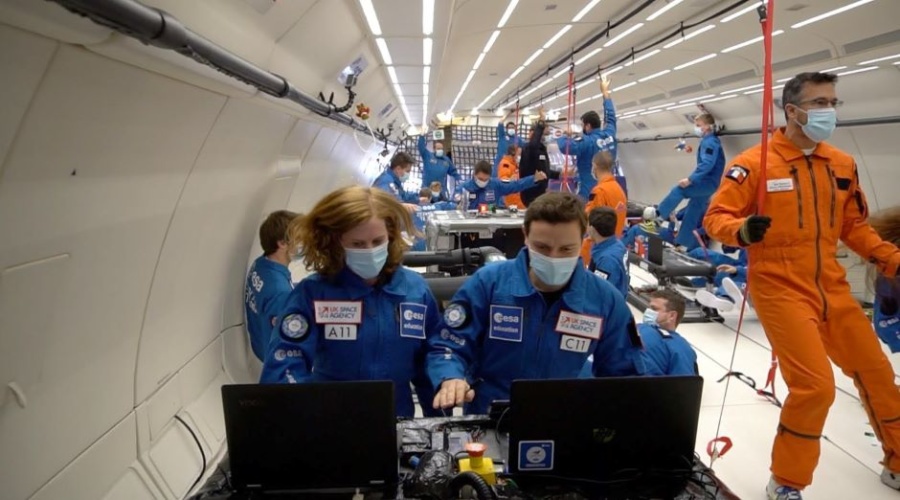
The advance from the Universities of Manchester and Glasgow is said to provide valuable insights into establishing human habitats away from Earth.
Electrolysis can be used to extract oxygen out of lunar rocks or to split water into hydrogen and oxygen. This can be useful for life support systems and in-situ production of rocket propellant.
Lower gravitational fields on the Moon (1/6th of Earth’s gravity) and Mars (1/3rd of Earth’s gravity) and their impact on gas-evolving electrolysis compared to conditions on Earth have not been investigated in detail. Lower gravity can have a significant impact on electrolysis efficiency, as bubbles can remain stuck to electrode surfaces and create a resistive layer.
Related news
Lava tubes considered for human habitation on moon
Bacterial route to mother-of-pearl may provide shelter for lunar explorers
Moondust heater could keep astronauts warm on the lunar surface
New research published in Nature Communications demonstrates how the researchers undertook experiments to determine how the potentially life-sustaining electrolysis method acted in reduced gravity conditions.
In a statement, lead engineer, Gunter Just, said: “We designed and built a small centrifuge that could generate a range of gravity levels relevant to the Moon and Mars, and operated it during microgravity on a parabolic flight, to remove the influence of Earth’s gravity. When doing an experiment in the lab, you cannot escape the gravity of Earth; in the almost zero-g background in the aircraft, however, our electrolysis cells were only influenced by the centrifugal force and so we could tune the gravity-level of each experiment by changing the rotation speed.
"The centrifuge had four 25cm arms that each held an electrolysis cell equipped with a variety of sensors, so during each parabola of around 18 seconds we did four simultaneous experiments on the spinning system.
“We also operated the same experiments on the centrifuge between 1 and 8g in the laboratory. In this configuration we had the arms swinging so that the downwards gravity was accounted for. It was found that the trend observed below 1g was consistent with the trend above 1g, which experimentally verified that high gravity platforms can be used to predict electrolysis behaviour in lunar gravity, removing the limitations of needing costly and complex microgravity conditions. In our system, we found that 11 per cent less oxygen was produced in lunar gravity, if the same operating parameters were used as on Earth.”
According to Manchester University, the additional power requirement was more modest at around one per cent. These specific values are only relevant to the small test cell but demonstrate that the reduced efficiency in low gravity environments must be taken into account when planning power budgets or product output for a system operating on the Moon or Mars.
If the impact on power or product output was deemed too large for a system to function properly, some adaptations could be made that may reduce the effect of gravity, such as using a specially structured electrode surface or introducing flow or stirring.




Project to investigate hybrid approach to titanium manufacturing
What is this a hybrid of? Superplastic forming tends to be performed slowly as otherwise the behaviour is the hot creep that typifies hot...